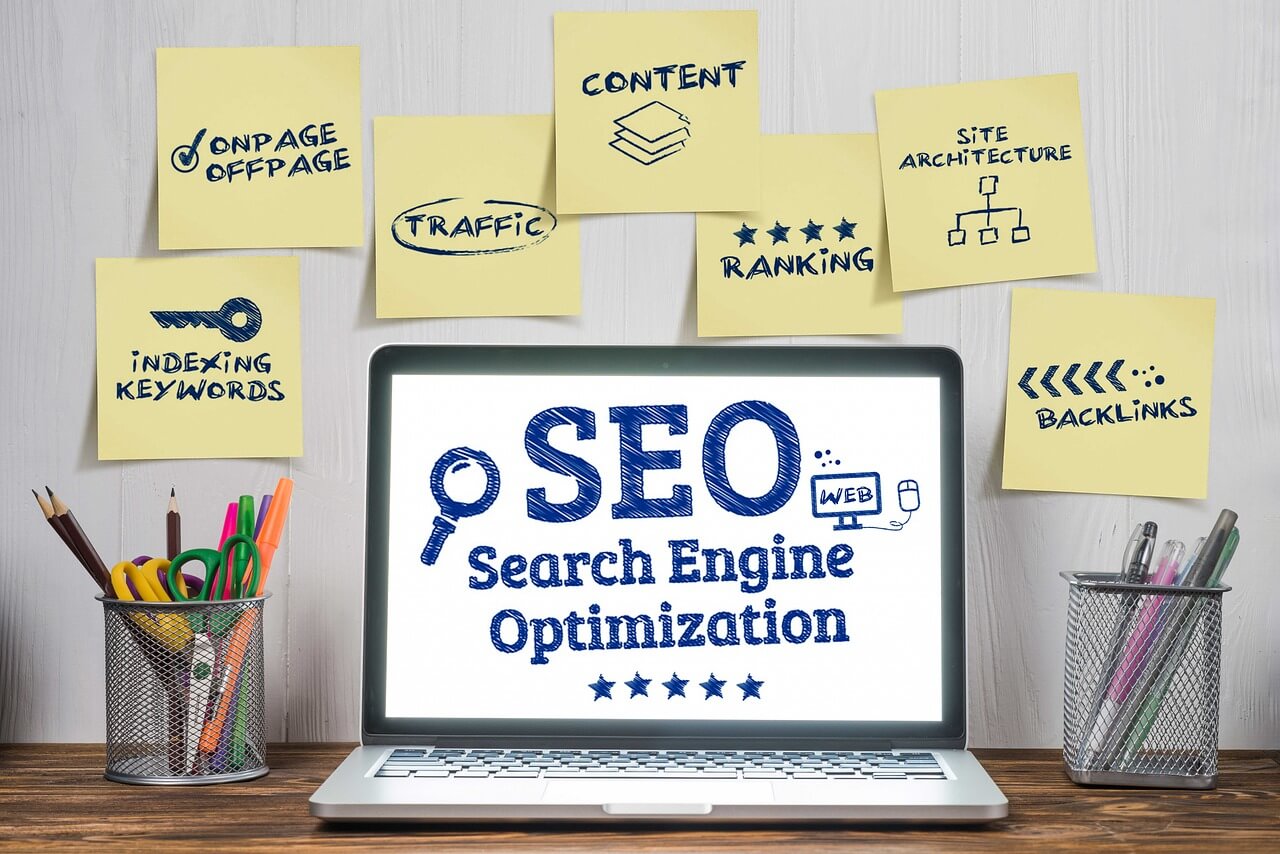What is paid placement?
Paid placement is a paid promotion that relates to a position in the search results. In an auction, a position for a selected keyword (keyword) can be purchased. With paid placement, payment is made per click. The initial price of the position is determined by the popularity and relevance of the keyword. Payment is only required if a user actually clicks on the corresponding advertisement in the search results. The search engines handle the display of paid placement ads differently. With some it is immediately apparent that it is a paid campaign, with others it is not. Paid placements are particularly popular with search engines such as Google or Bing. The corresponding services are called Google Ads and BingAds.
How can a paid placement be purchased?
As a rule, the allocation of paid placement positions is regulated by a bidding process. Bidding is always based on the actual price per click (CPC). If the competition within an industry for a certain keyword is very high, the price per click also increases. If, on the other hand, the keyword comes from a niche, very low prices can be achieved.
Advantages of paid placement
Since paid placement is not dependent on content or search engine optimization on the page, paid placement can also be worthwhile for very new and young companies. Guaranteed clicks can be achieved on a page without having to build up organic traffic. Site operators also have full cost control with paid placement. A fixed advertising budget can be set for a specific keyword and a selected page. On the one hand, this has the advantage that no more money can be spent than previously planned. In addition, smaller advertising campaigns can be launched to test the conversion rate of an ad.
What are the disadvantages of paid placement?
However, paid placement does not only have positive side effects. Although you only pay for this advertising when someone actually clicks on a page, it does not necessarily have to attract paying customers. Site operators should always define a precise goal for an advertising campaign before using paid placement. If visitors are to make use of a service or buy a product, the advertised page must be customer-friendly and user-oriented. With paid placements, users inevitably end up on a page for a set budget, but whether they actually buy something or carry out another desired action always depends on the individual case.
How should a page be optimized for paid placements?
If a paid placement campaign is planned, the corresponding website should also be adapted to this advertising. Customers should find their way around very easily, the structure and layout must be intuitive and offers must be quickly apparent. If these points are not adhered to, the bounce rate can be high and the advertising budget for an advertising campaign will have been spent pointlessly.
How much do I have to spend on a paid placement?
With a paid placement, the costs for the advertising campaign can be set in advance. The site operator therefore has full cost control and does not run the risk of spending more on an advertising campaign than they actually wanted to. There is usually no minimum amount.










